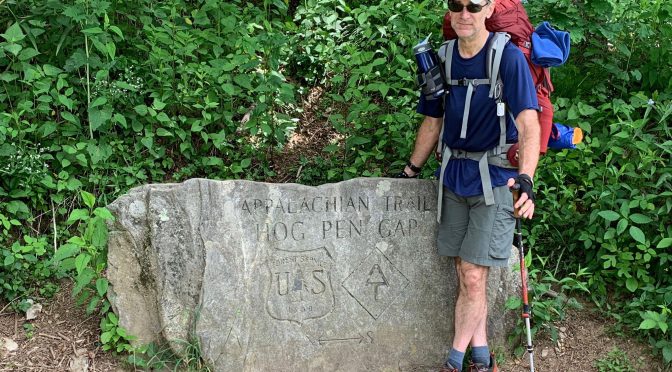An aspiring backpacker, or even one just getting into the backcountry, would find a lot to like about Henry Perangelo. He pays attention to, but isn’t obsessed with weight: “I can’t seem to get my pack much below 32, 33 pounds.” Same with gear: he appreciates a thing that does its job, but can’t remember the names of most of his gear (asked about his shoes, he replies, “They’re red and gray; I think they start with an M … .”). And when it comes to food, Henry is pretty much a freeze-dried, eat-from-the-bag kind of guy (“The one that starts with an M, I like their spaghetti and meatballs. Which tastes a lot like their lasagna”).
But the thing to like most about Henry is that less than a year after getting back into backpacking, he just completed a 10-day, 150-mile solo hike on the Appalachian Trail. And he’s already planning a follow-up in September, 138 miles picking up where he left off.
“I went into this with two main objectives,” says Henry. “I wanted to see if I could plan a trip, and I wanted to see how fast I could hike.” We’ll get to how he fared on both counts in a minute, but first, a little about Henry.
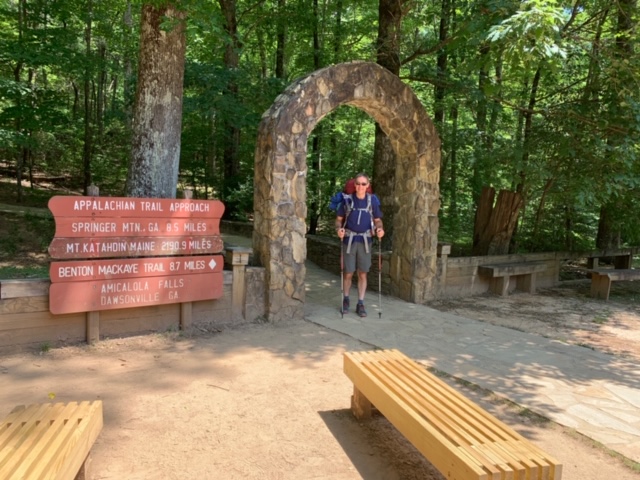
The new guy
We first met Henry on National Trails Day last year when he showed up for a 6-mile hike at Falls Lake. There was a good crowd, about 20 hikers, and Henry’s was one of the new faces. I briefly introduced myself at the trailhead, then caught up with him mid hike and learned, among other things, that Henry was an accomplished diver, that he had recently retired from an IT career, that he had done some weekend backpacking years ago in Maine and New Hampshire and he was interested in getting back into it. Trouble was, he didn’t know where to go in the Southeast.
“We can help you with that,” I told him.
Within a month he was backpacking with us at Wilson Creek, and he’s since joined us at Linville Gorge, on the AT at Carvers Gap, and in the Joyce Kilmer Slickrock Wilderness.
Henry’s initial interest in hiking with a group should ring familiar with most entry-level backpackers. As he mentioned, he didn’t know where to go. He also wanted to meet people in the hiking community. And though not a beginner, he needed to brush up on his skills and test his equipment. His tent, for instance, which had been stored in a hot attic for seven years.
“It had all this peel-y stuff on the rain cover,” he explains, rubbing together his index finger and thumb. “I tried to seal it with Thompson’s Water Seal.” It didn’t work, he discovered during a downpour at Joyce Kilmer.
He also liked the fact that the trips were all planned. All he had to do was show up and follow along. And while he enjoys that kind of trip, he got to wondering about whether he could plan a trip of his own. Rather than start with a simple one-nighter close to home, he decided to tackle the southernmost 150 miles of the 2,190-mile (2018 length) Appalachian Trail, which required arranging a shuttle, figuring out how much food he’d need, determining how many food drops to plan, packing clothes for 10 days and guesstimating just how much ground he could cover. He also needed to research a new tent.
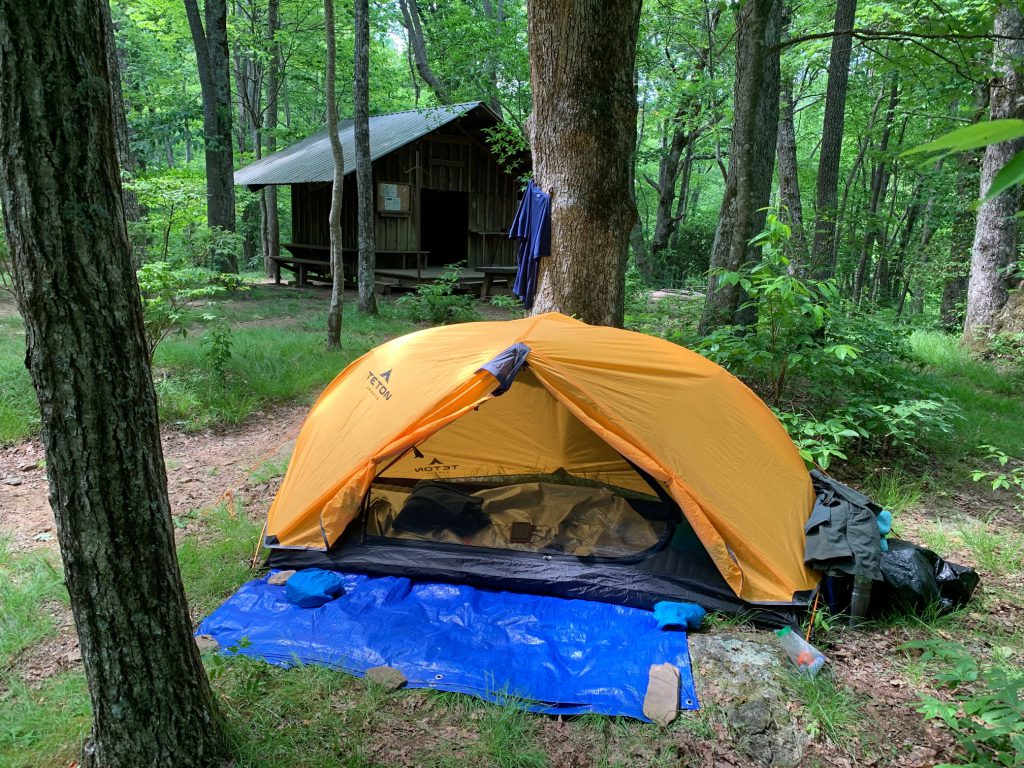
Let the planning begin
Coming from an IT background, it was only natural that Henry plan his adventure on a spreadsheet. He set it up to include the day of his hike, the date, where he expected to start the day, where he expected to end the day, and how many miles he would cover. He ordered the popular AWOL guide by David Miller — “It had pretty much everything I needed” — and he downloaded the Guthook app for on-trail navigation. On May 28, he drove from his home in Durham to the Nantahala Outdoor Center, where his hike would end, and hired a shuttle to drive him the hour and a half to Springer Mountain, Ga.
Although not technically a part of the Appalachian Trail, Henry decided to start his hike in the traditional manner, with the 8.8-mile approach hike to Springer. He stopped a mile in on his first day at the lodge at Amicalola Falls State Park, got up at first light and headed the remaining 7.7 miles to the summit of Springer Mountain and the southern terminus of the AT.
“I really had no idea what to expect,” Henry says of that first day on the trail, “On the spreadsheet, I had two goals: 10.5 miles to the Stover Creek Shelter, or, if I was feeling really good, 15.8 miles to the Hawk Mountain Shelter. He reached Hawk Mountain at 1:30 in the afternoon.
“It was too early to stop, so I kept going.” He eventually stopped for the night at the Gooch Gap Shelter — a 23.4-mile day.
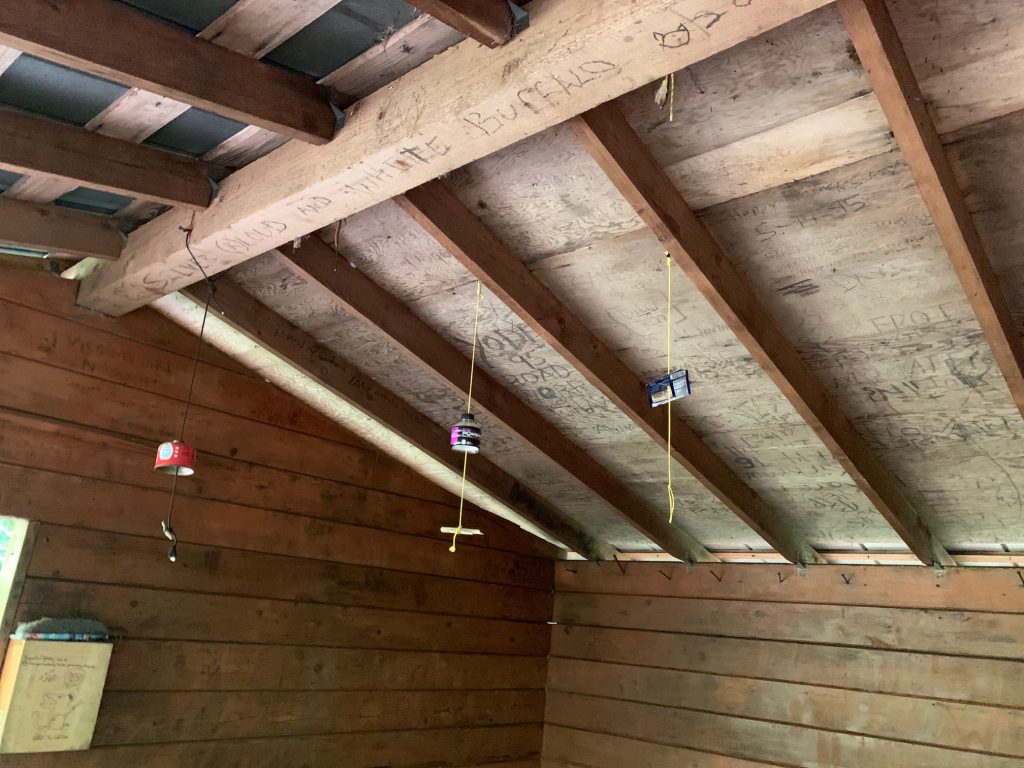
Embracing a sheltered life
Henry says he’s not so much a shelter guy, “but you quickly grow to appreciate their amenities: there’s a privvy, they have bear hangs, there’s a picnic table to sit down at.” So he decided to hole up at Gooch Gap. Entering the shelter he found a man standing on his head. In his journal, Henry wrote, “There was a weird guy doing yoga on the bottom floor, so I gave him wide berth.” Fortunately, it was a two-story shelter.
Henry had the answer to one of his questions early on: while the most he’d ever hiked in full pack before was just 7 miles, he discovered he could do more than three times that. He also discovered that doing big mileage early on was a big mistake. For one, his pack was at its heaviest. And two, he was now a day ahead of schedule, which would mess up the two B&B reservations he’d made along the way.
He dialed back some (he would still average 15 miles a day) and managed to get back on schedule.
Along the way his appreciation for shelters grew. “I liked being around people. I liked hearing their stories.” The woman who’d come all the way from Alaska. The Ohio woman who teamed up with a mother and daughter, then teared up when they left the trail. The German thru-hiker who was pushing to make 11 miles a day and expected to finish at Mount Katahdin in September (“I pointed out to him, gently, that he would have to average 20 miles a day, without stopping, to reach Katahdin.”) The Army Rangers.
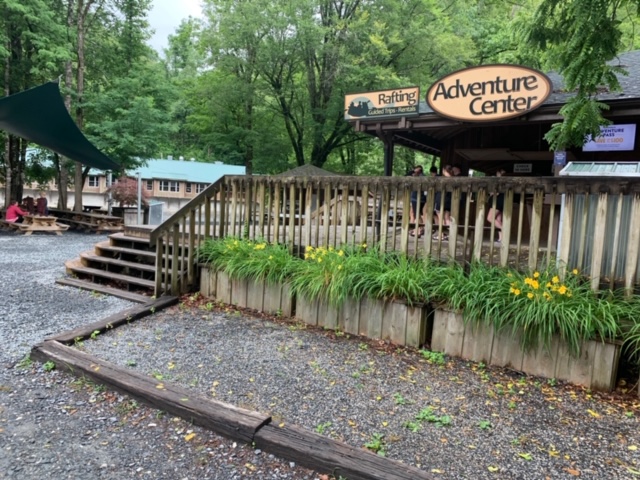
3 o’clock espresso and other revelations
He also found that the insoles he was trying for the first time did a remarkable job of minimizing the pain he often felt on the ball of his foot, and that the step exercises he was doing three times a week (along with three 55-minute Stairmill sessions a week) were minimizing his knee pain. And he became philosophical about the toll of hiking long distances when you’re 59. “Face it, we know when it comes to aging we’re facing a losing battle. I just want to stay as active as I can.”
He learned how to put his rainfly up before his tent — “and my tent’s not even made to do that”). He learned a reward system doesn’t hurt: “Every day at 3 o’clock I’d treat myself to an espresso gel.” He discovered that he could eclipse 60,000 steps on his Fitbit (his 23.4-mile day required 61,786 steps). And he learned to expect the unexpected.
“On my last day, I was speeding it up because the forecast said bad weather was moving in,” Henry says. “I’d hike from one shelter to the next, then check the forecast to see if it was safe to move on. I left the last shelter and it was nice and sunny, a few clouds, but then I noticed these dark, black clouds moving in.” Henry was on a long ridge, with no way to get off. Before he knew it, “the clouds moved in and I was engulfed in clouds. It went dark for maybe a minute or two; I couldn’t see my feet. Then I felt the hair on my arms start to rise.” And just as quickly the dark clouds moved on.
Henry says he’s happy with the answers he got from his AT adventure. So happy, that he’s planning a second 10-day hike, picking up at the NOC and heading through the Smokies in September. He also thinks he found the answer to a question he hadn’t really asked.
“Could I do a thru-hike?” he asks himself. “I think I could if my life depended on it. But I just don’t have the burning desire to do so. I was beginning to see how repetitive motion adds up and can cause problems” — with his foot and his knees especially.
“When I got to the NOC, I thought, ‘I could stay on the trail another two or three days,’ and that was big because before, I’d never done more than two or three days.”
How sure is he of his next section hike?
He’s already done the spreadsheet for September’s hike.
Joe
Learn from Henry
Henry had some backpacking experience before joining our group in June 2018. He didn’t need our Intro to Backpacking class, but he did need the support and direction of backpacking with a group. His first trip with the group: our GetBackpacking! Intermediate Skills Going Solo trip to Wilson Creek. He subsequently did our trips to Linville Gorge, the Joyce Kilmer-Slickrock/Citico Creek Wilderness, and the AT between Carvers Gap and US 19E, all of which helped him evaluate gear, grow more comfortable navigating wilderness areas, and simply figuring out the flow of daily life on the trail.
We’re offering several of this trips again this summer:
GetBackpacking! AT from Carvers Gap to US 19E, June 28-30. Distance: 14 miles. Skill level: intermediate. Highlight: one of the most scenic stretches of trail in the Southeast. Learn more and sign up here. (Two openings remain for this trip.)
GetBackpacking! Joyce Kilmer-Slickrock Creek/Citico Creek Wilderness, July 18-21. Distance: 4.4-mile hike in to basecamp, two day hikes in the 10- to 12-mile range. Skill level: intermediate. Highlight: old-growth forest. Learn more here. (This trip is full.)
GetBackpacking! Wild, Wonderful Wilson Creek, Aug. 2-4. Distance: Hike in full pack to basecamps, less than 2 miles. Skill level: beginner, with some experience. Day hikes of 4 and 8 miles. Highlights: great swimming holes, waterfalls, an awesome overlook for Saturday evening/Sunday morning. Learn more and sign up here.
GetBackpacking! Linville Gorge, Aug. 23-25. Distance: about 12 miles (12 mostly challenging miles). The most challenging trip we do, in some of the most challenging terrain in the East. Highlights: views, water, old growth, rugged wilderness. Learn more here and sign up for the waitlist here.
Resources
Henry relied heavily on these two resources:
- The AT Guide, more commonly known as the AWOL guide by David Miller, has emerged as the tool of choice for long hikers on the AT. Campsites, water sources, summits, gaps, maps, elevation profiles — just about everything you need to plan a trip. And it’s updated annually. Learn more here.
- Guthook app. Much as David Miller’s AWOL guide is the preeminent planning guide for the AT, Guthook has become the on-trail app of choice. Lets you easily find campsites, water and basically what all lies ahead, while tracking your location. Learn more here.
Become a backpacker
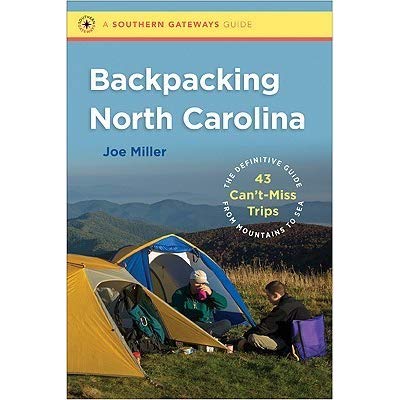
GetBackpacking! Intro to Backpacking. Henry Perangelo’s example shows how quickly it’s possible to go from novice (or near novice, in Henry’s case) to section hiker in a short amount of time. If Henry’s story appeals to you, check out our GetBackpacking! Intro to Backpacking class. We start with a two-hour gear introduction, then spend the better part of a day in the field learning campsite selection, setting up and taking down camp, cooking food, filtering water, hanging food, and getting your pack dialed in over 4 miles of hiking. We culminate with a weekend graduation trip to South Mountains State Park. Our next session is in July. Learn more and sign up here.
